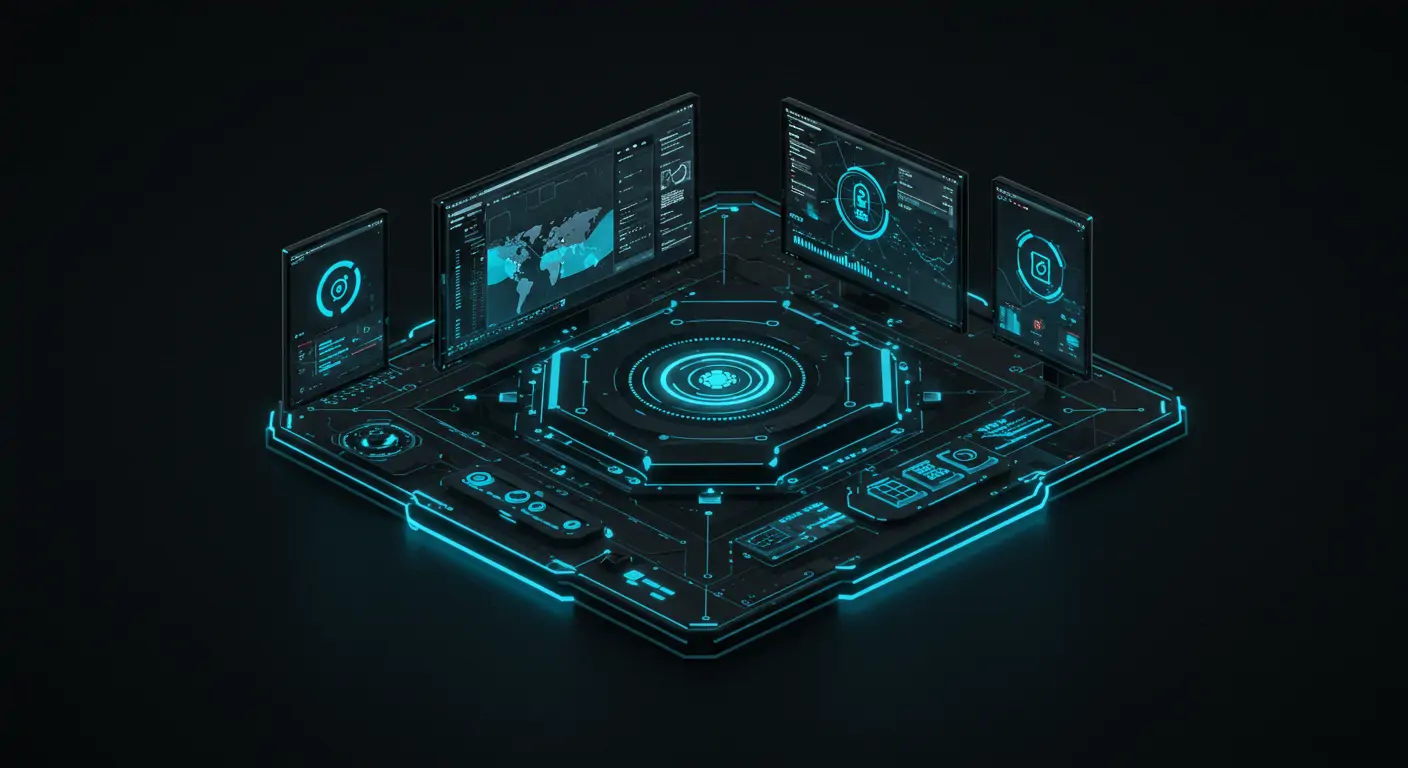The Problem Everyone Faces
Did you know that 60% of cloud-native apps experience performance degradation due to inefficient monitoring setups? In the fast-paced world of cloud computing, ensuring peak performance is crucial, yet traditional performance monitoring tools often fall short. These tools struggle with scalability and lack the intelligence to adapt to dynamic workloads, leading to higher costs and increased downtime.
Understanding Why This Happens
The root cause lies in the static nature of traditional monitoring systems. They are not equipped to handle the elastic, distributed, and dynamic environments of cloud-native applications. A common misconception is that more monitoring tools equate to better insights, but without AI-driven analytics, you end up with a sea of data and no clear direction.
The Complete Solution
Part 1: Setup/Foundation
First, ensure that you have a Kubernetes cluster running, as our solution relies on this infrastructure. Install Prometheus and Grafana using Helm:
Next, configure Prometheus to monitor your Kubernetes cluster by setting up scraping jobs in the file, and connect Grafana to your Prometheus instance.
Part 2: Core Implementation
Then, implement AI-driven monitoring by integrating machine learning models with Prometheus metrics using TensorFlow:
Next up, configure alerts in Grafana to respond to anomalies detected by your model:
Part 3: Optimization
After that, enhance your setup by optimizing resource usage. Configure Prometheus to use a time-series database like Thanos for improved scalability:
Testing & Validation
Finally, validate your setup by simulating load using tools like Locust or k6, and ensure your model triggers alerts in expected situations.
Troubleshooting Guide
Here are common issues you might encounter:
- Prometheus not scraping metrics: Check your configuration for syntax errors.
- Grafana not displaying data: Ensure Grafana is correctly connected to Prometheus and check your queries.
- Model failing to converge: Verify your dataset's correctness and adjust your model's architecture.
- Thanos not starting: Check for correct image tags or insufficient permissions.
Real-World Applications
Imagine a scenario where a fintech app experiences unexpected spikes during stock market openings. With AI-driven monitoring, you can predict these spikes and allocate resources accordingly, maintaining performance and reducing costs.
FAQs
Q: Why choose AI-driven solutions over traditional monitoring?
A: AI-driven solutions provide predictive insights, automate anomaly detection, and offer scalability that traditional systems cannot match. By leveraging machine learning, you can anticipate performance issues and optimize resources dynamically, thereby reducing downtime and operational costs. In contrast, traditional monitoring can only react to issues after they occur, which often results in slower response times and potential service outages.
Q: How do I integrate AI models with Prometheus?
A: Use Python libraries such as TensorFlow or PyTorch to train models on historical metric data exported from Prometheus. Once trained, deploy these models as microservices within your Kubernetes cluster and use Prometheus to scrape predictions for real-time anomaly detection. Ensure your models are lightweight to avoid performance bottlenecks during inference.
Q: What are the best practices for setting alert thresholds?
A: Alert thresholds should be based on historical data and business requirements. Start by analyzing past performance metrics to identify normal operating ranges and consult with stakeholders to determine acceptable risk levels. Use statistical methods like standard deviations or percentiles to set dynamic thresholds that adjust automatically to changes in load patterns.
Q: What tools can I use to simulate different load scenarios for testing?
A: Tools like Locust and k6 are widely used for load testing in cloud environments. Locust allows you to define user behavior and simulate traffic through Python scripts, while k6 offers a JavaScript-based approach with easy integration into CI/CD pipelines. Both tools support distributed testing, enabling you to scale tests across multiple machines for realistic scenarios.
Q: How often should I retrain my AI models?
A: The frequency of model retraining depends on how often your application behavior or infrastructure changes. As a general rule, retrain models every quarter or after major code deployments. Regular retraining ensures models remain accurate and effective at predicting future performance issues. Monitor model performance and retrain earlier if accuracy drops below acceptable levels.
Key Takeaways & Next Steps
By implementing AI-driven performance monitoring, you've significantly enhanced your cloud-native app's resilience and efficiency. You've automated anomaly detection, optimized resource allocation, and minimized downtime. Next, explore advanced predictive analytics, integrate with more cloud-native tools, and consider automating your incident response workflows.




